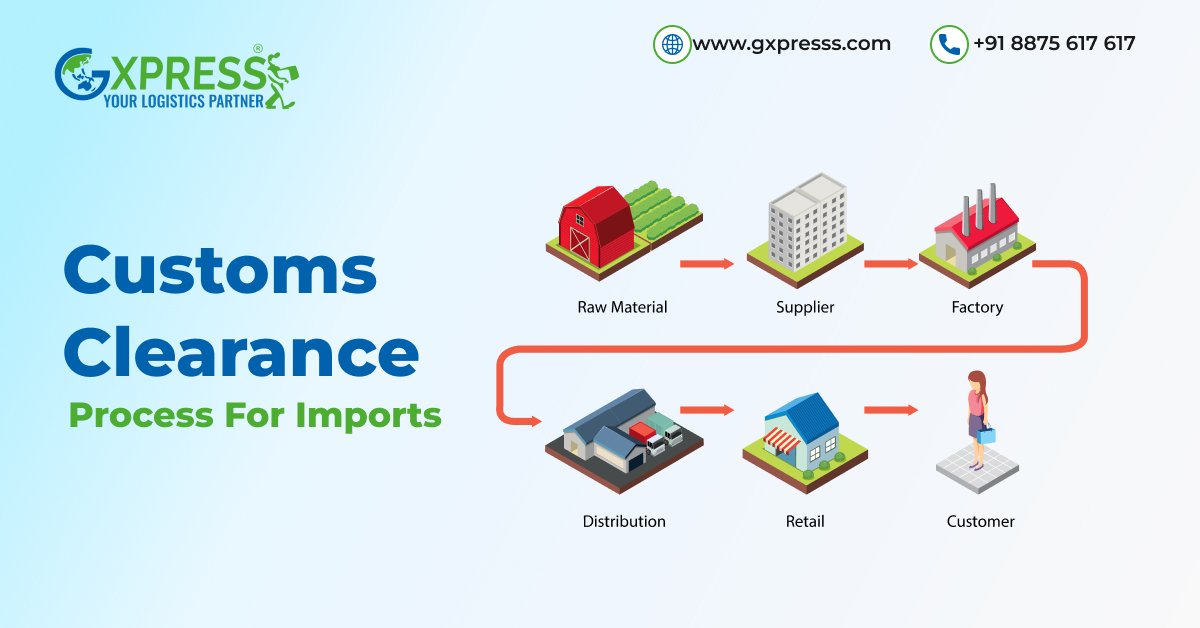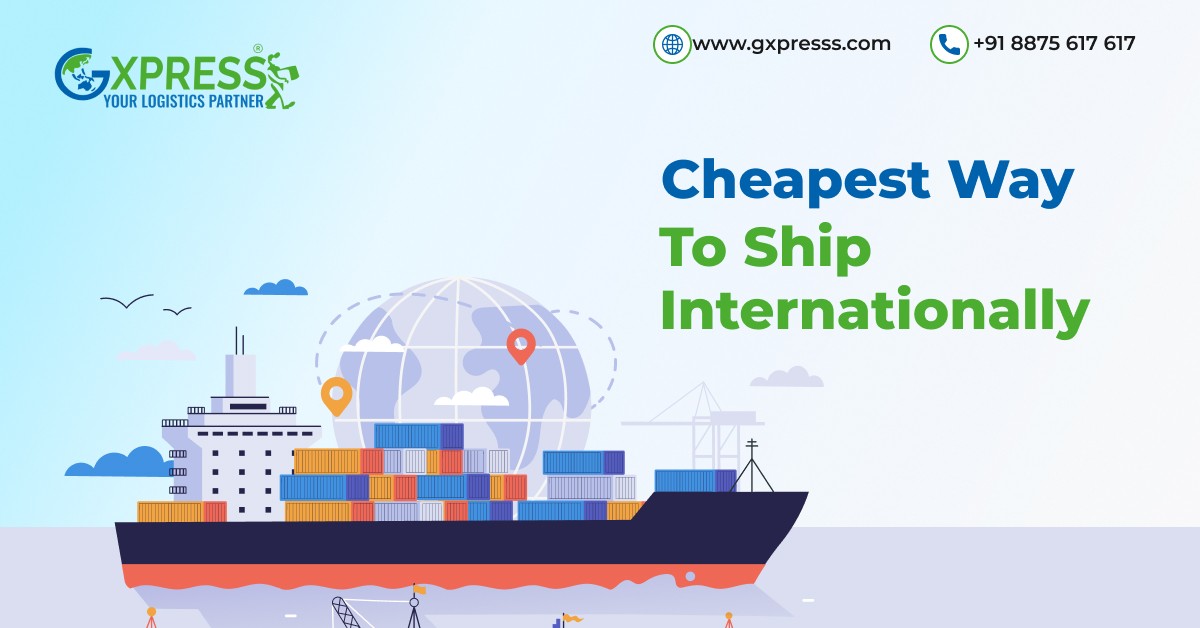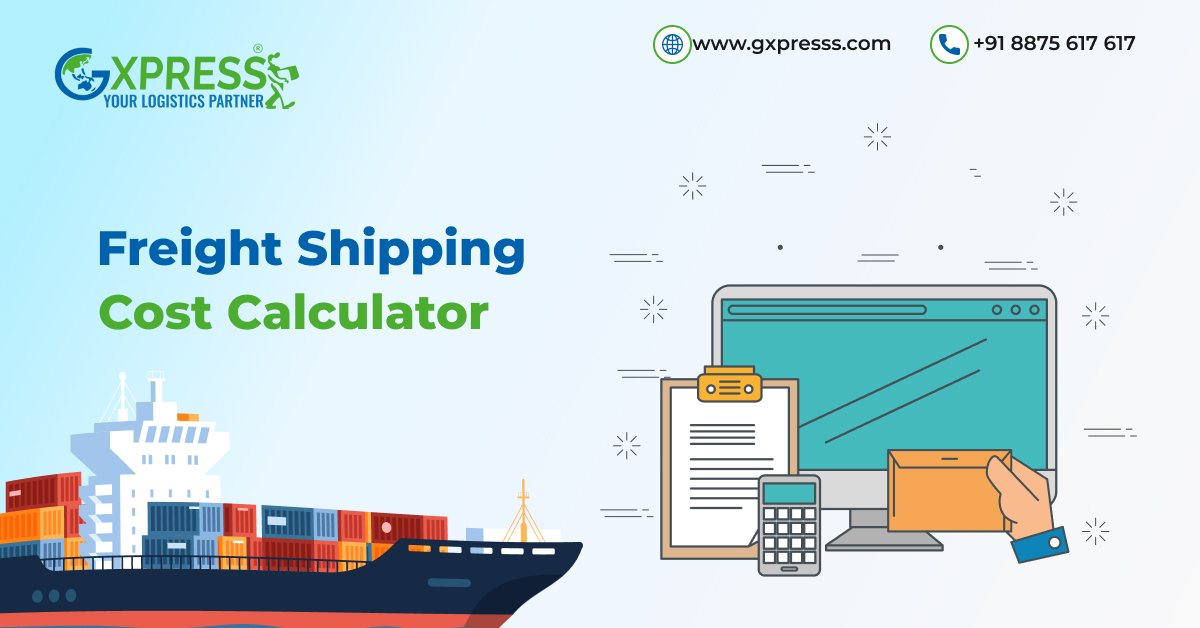July 8, 2025Freight8 min readBy Admin
Role of AI in Logistics: Shaping the Future of Freight Management
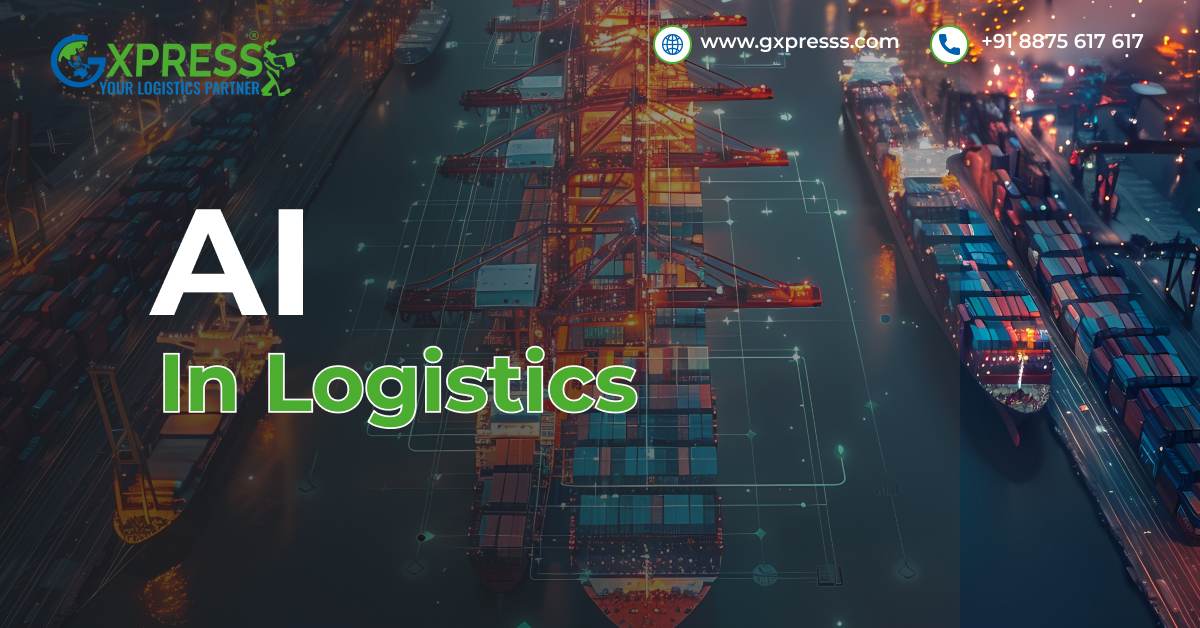
In Chennai, a man named Arvind is planning to send cargo, but he doesn’t know about AI in logistics. He stared at his whiteboard. It was full of notes: paths, go times, when drivers worked. Each day was like playing Tetris, working to get stuff to the right spots on time, and not spending too much. One little late thing? It could wreck it all.
Now imagine Arvind in 2025. He logs into his dashboard. The system tells him which driver should take which load, the best route that avoids two traffic bottlenecks and rain, and even flags a truck that might need servicing next week. No whiteboards. No panic. Just clarity.
AI is changing how things move.
It does more than just follow steps: it plans ahead, learns, and helps folks like Arvind see the big view. But how is AI really shifting how we handle goods and deliveries?
Let's dig into it.
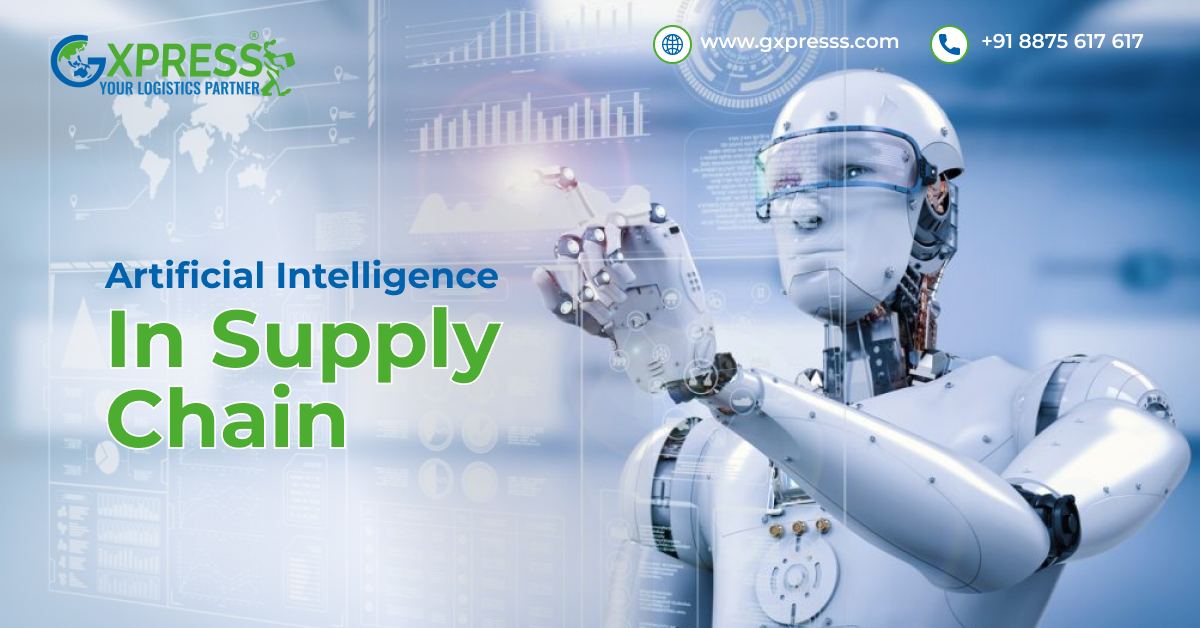
What is AI in Logistics and Supply Chain?
Artificial Intelligence in logistics is like giving your freight system a brain. AI does not just stick to rules; it gets smart. It remembers old shipments, sees delays coming, sets better ways to deliver, keeps track of stock, and even chats with buyers through robots. Think like this: old-school moving stuff is like a good kid with a list. AI in moving things is like a smart pal who can plan, tweak, and make things better all along the way, all on its own. From big boats to small scooters, AI is popping up all over.Role of Artificial Intelligence in Supply Chain
Let’s look at some real, human-level changes AI is driving in freight and supply chain operations:1. Predicting Demand Like a Fortune Teller (But More Accurate)
Think about knowing how much rice to send to Toronto next month, based on the weather, how many want it, and even local big fun days. That’s what AI does. It analyzes thousands of data points and helps companies avoid stockouts or overstock.2. Smarter, Faster Routes
In the past, drivers used their gut and a GPS. Now, AI finds ways that cut fuel, save time, and ease stress, avoiding flooded streets, packed roads, and even says where to stop based on drive time.3. Warehouses That Think for Themselves
Warehouse automation does more than hold goods—they shift, sort, and fill up stock through robot tech and smart setups. It feels like seeing a dance of tech and people, led by data.4. Real-Time Tracking With AI That Actually Works
Customers hate waiting. Shipping teams hate not knowing where their trucks are. AI now follows goods live, spots slowdowns before they start, and keeps all in the know.5. Fixing Before It Breaks
AI doesn't wait for a truck to stop working. It hears engine sounds, checks heat, and finds small errors before they turn into big issues.. It’s preventive healthcare for machines.6. Chatbots That Actually Help
Late delivery? Change in schedule? AI chatbots now talk like us, sort out questions, plan new times to send stuff, and do it all with a precision that saves hours of help desk time.7. Spotting Risks Early
Let’s say a supplier has been consistently late. Or a driver takes long, weird ways. AI spots these trends and flags them early before they cost dearly.8. Choosing the Right Vendor, Without Guesswork
AI looks at supplier history, delivery success rates, and pricing trends. Then it tells you who’s reliable and who might cost you in the long run. No bias. Just pure performance data.9. Greener Deliveries
AI isn’t just about speed; it’s also about sustainability. By reducing empty truck runs, planning optimal loads, and recommending eco-friendly options, AI helps logistics go green without going broke.10. Smarter Pricing and Load Matching
AI matches shipments with trucks in real-time based on load type, urgency, and location. It also adjusts pricing based on fuel costs and availability. It’s like surge pricing, but fairer—and for freight.The Big Wins: Benefits of AI in Transportation Management
When you let machines think, you give humans room to breathe. Here’s what companies and their customers are gaining from AI in logistics:1. No More Micromanaging
AI takes over the repetitive stuff—routing, scheduling, reporting—so teams can focus on strategy and customer service.2. Less Waste, More Savings
From fuel to packaging to idle time, AI helps you trim the fat and boost efficiency. One large-scale operator in India saved 12% on fuel costs in just six months.3. Happy Customers
With better delivery estimates, real-time updates, and fewer errors, AI creates a smoother experience for end-users—and earns repeat business.4. Fewer Mistakes
Manual entry errors? Missed pickups? AI reduces the chance of slip-ups by automating complex processes with accuracy.5. Ready for the Unexpected
A global crisis, a transport strike, or a massive order spike—AI systems respond in real-time, helping you adapt faster than traditional models ever could.6. Simplified Compliance
From cross-border regulations to customs documentation, AI ensures paperwork is done right—and submitted on time.7. Personalized Service at Scale
You can now offer tailored delivery options, reminders, and updates to hundreds of customers without hiring an army of support agents.
Not All Smooth Roads: Challenges of Smart Logistics Solutions
Of course, every revolution has its hiccups.1. Expensive to Start
The biggest roadblock? Cost. Smart logistics solutions require tech investments, skilled people, and time to integrate.2. Messy Data
AI needs clean, reliable data. But in reality? Many companies still store info across spreadsheets, old systems, or even paper logs.3. Change Is Hard
For teams used to doing things a certain way, AI can feel threatening. Some fear job loss, while others don’t trust the technology. Transitioning takes time—and empathy.4. Not Enough Experts
You need data scientists, AI architects, and digitally fluent operations teams. And there just aren’t enough of them—yet.5. Cybersecurity Worries
More data, more devices, more entry points. Logistics companies must now become just as focused on cybersecurity as banks or hospitals.6. Unintended Bias
An AI system may unconsciously favor certain suppliers, delivery areas, or pricing models based on biased training data. Human oversight is critical.Conclusion
Here’s the thing: AI won’t replace logistics professionals—it’ll empower them. Arvind, our freight manager from earlier? He’s still there. But now, he’s not scrambling with whiteboard markers—he’s reviewing insights, refining strategies, and building a business that can scale. This is what the future of freight management looks like: human intelligence + artificial intelligence = smarter logistics. We’re standing at a crossroads where legacy meets innovation. AI won’t fix everything overnight, and not all businesses are ready today—but the ones that start exploring, start learning, and start integrating smart systems now will be the ones leading tomorrow. Because in logistics, it’s not just about moving goods anymore. It’s about moving smarter.Frequently Asked Questions
Q1. What does AI mean in logistics?
AI in logistics means using smart computer systems that learn from data, make choices, and improve things like planning paths, handling items, or guessing when things will arrive—all without constant help from people.Q2. What is the value of artificial intelligence in logistics?
AI brings a lot of value by making logistics quicker, better, and more accurate. It cuts down on costs, boosts delivery results, and makes customers happier by doing and making better tough jobs.Q3. What is the role of artificial intelligence in transportation?
In moving things, AI is used to find the best ways to go, keep an eye on vehicle health, see delays ahead, and sometimes even drive on its own. It makes moving goods smoother, safer, and secure.Q4. How big is the AI logistics market?
By 2025, the AI in logistics market around the world is worth over USD 8 billion, and it's thought it will go beyond USD 40 billion by 2030. This growth is due to more of a desire to do things right away, keeping track without delay, and smarter ways to manage moving items.Q5. How are robots used in logistics?
Robots in logistics do jobs like picking items, sorting, packing, and moving goods within big storage places. Some even help with getting things to where they need to go at the last part of the trip. They help people speed up work and cut down on mistakes.Q6. What are the disadvantages of AI in logistics?
The main bad points are big costs at first, the need for clean data, likely fewer jobs, dangers to cyber safety, and not wanting to change among team members. Also, AI isn’t perfect—it still needs people to watch over it.Share this article:

